
It’s the October rifle season and you’re headed West to hunt elk. There are a couple things you should have. The first thing I like to do is get my hands on a forest map and highlight the boundaries of the unit. Having a hard copy of your area that you can take in the field is very handy. This map will also show you open roads, campgrounds, trailheads and trails in your hunting area.
The last thing I do before I go in to hunt an area is look again at Google Earth and my planned routes. I have Google Earth and the onX Hunt app on my phone so I can reference aerial images at any time. I have found that most of the areas I hunt are high enough in elevation to have cell service, but if I’m not sure I preload my area maps before I take off for my hunt.
October Habits
Finding a big bull elk in mid-October can be the most difficult task of your hunting season. Bottom line: you find them where you find them. That can vary from state to state, habitat to habitat and year to year…
Topography
Topography is ultimately the deciding factor in where I am going to concentrate my efforts in a unit. I like to find terrain conducive to my style of hunting. I want to find the best travel routes and ridgelines where I can see the most elk country from one location…
Digi-Scouting
Most of my scouting is done at a computer prior to season. In fact, I am “Digi-Scouting” all the time. Using onX Hunt in combination with Google Earth gives me an extremely detailed “look” at elk country and units before I ever set foot in them.
Glassing
As soon as you get into your hunting area, it’s time to start glassing. Your glassing skills and capabilities play the largest factor in whether or not you’re successful. Let’s face it if you can’t find an elk you’re most definitely going home with a tag in your pocket. Bring quality glass, a spotter, and binoculars. Get to your vantage point where you can see the most country possible and get comfortable. Scan with your binos and use the spotter to pick apart a hillside. In October, I like to look for north slopes with plenty of dark timber treelines and pocket parks…
Pocket Parks and Treelines
Pocket parks are small meadows usually not much bigger than an acre or two surrounded by large tracts of thick, heavy timber that is ideal bedding cover for bulls. Bull elk are like other prey animals; they usually don’t like to be in the wide-open until dark. Big bulls are even more finicky and don’t like to be out in the open during daylight hours, especially on mild October days…
Time to Kill
So, you spotted a shooter. There’s only one thing left to do. Kill him. It’s October, so there may or may not be snow and the weather is probably mild. Your window of opportunity is short. If it’s first thing in the morning, it’s a matter of time before he disappears into the timber to bed. If it’s evening, you only have so little time before it gets dark…
Conclusion
Killing an October bull can be a difficult endeavor, but with know-how and a little luck, it can be done. Use all your resources to their full capability. Get away from roads and people to areas with less pressure. October bulls can be nearly nocturnal, especially if the weather is mild. If they aren’t pressured, they can be very predictable. Put smart glassing techniques to good use. Be out there at prime-time. Have the diligence to be behind your binos at the first flicker of light and again in the evening until its pitch dark. Trust me, it’s worth it.
 Eastmans' Official Blog | Mule Deer, Antelope, Elk Hunting and Bowhunting Magazine | Eastmans' Hunting Journals
Eastmans' Official Blog | Mule Deer, Antelope, Elk Hunting and Bowhunting Magazine | Eastmans' Hunting Journals

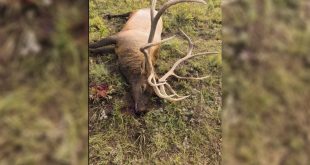
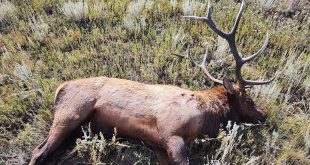
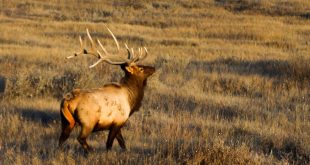
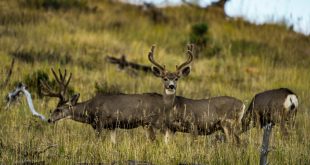
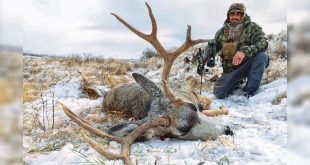
Straight up advise👍😊